#42 in Vietnam
Popular Bánh Chưng Variations

Bánh Chưng Cẩm
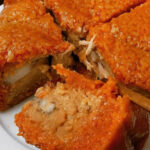
Bánh Chưng Gấc
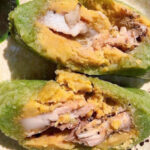
Bánh Chưng Gù
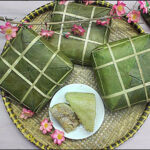
Bánh Chưng Nghệ An
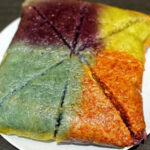
Bánh Chưng Ngũ Sắc
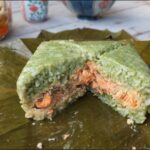
Bánh Chưng Nhân Thịt Gà/Cá
Bánh Chưng: Ingredients and Preparation
Main Ingredients
Main Cooking Method
Preparation Process
Bánh Chưng: A Deep Dive
Cultural Significance
Taste
Texture
Aroma
Color
Serving Style
Serving Temperature
Accompaniment
Occasions
Seasons
Special Diets
Calories
Popularity
Popular Similar Dishes
Popular Dining Area
Bánh chưng (or square sticky rice cake) is a traditional Vietnamese rice cake made from glutinous rice, mung beans, and pork, all wrapped in a green leaf called lá dong (dong leaves).
The origin of bánh chưng is associated with the Hùng Dynasty, and this rice cake has a special meaning in Vietnam, especially during the Tết holiday (Vietnamese Lunar New Year).
Besides the above information, you’ll uncover how Vietnamese make and present bánh chưng and how locals pair it with other food. With endless creativity, locals also have different variants of this square sticky rice cake based on region.
It is also important to know what benefits and potential drawbacks of savoring bánh chưng, and what makes it differ from bánh tét, another traditional rice cake of Vietnamese origin.
Ultimately, pay attention to some popular questions about bánh chưng and its similar dishes. Wait no more, let’s scroll to discover this Vietnamese square sticky rice cake!
Key Points
What Is the History and Symbolic Meaning of Bánh Chưng?
Bánh chưng has roots in the Hùng Dynasty, around 1700-1630 BC in Vietnam. It originated from a contest held by the 6th Hùng King to choose his successor, where each prince had to present a dish honoring their ancestors for the Tết festival (Vietnamese Lunar New Year).
The 18th prince, Lang Liêu, created bánh chưng, a square sticky rice cake, along with bánh giầy, a round rice cake, using simple, readily available ingredients. Bánh chưng creation symbolizes the Earth, and bánh giầy represents the sky, which won him the throne.
Today, bánh chưng is a staple during Tết and other significant events like the Hung King’s Anniversary. It features the spirit of the Vietnamese New Year and cultural tradition.
What Are the Key Ingredients of Bánh Chưng?
Bánh chưng is traditionally made from four key ingredients, such as:
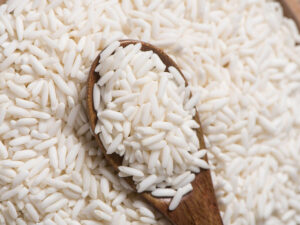
Glutinous rice
This carbohydrate component provides a sticky texture.
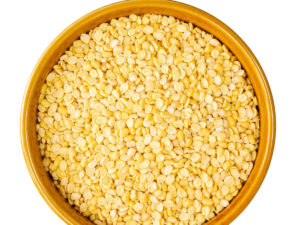
Mung beans
These are hulled and split beans. When cooked, mung beans have a subtle, earthy flavor and creamy texture to complement the glutinous rice and pork.

Pork
Usually, a fatty cut like pork belly is used to add moisture to bánh chưng. The pork is seasoned, often with pepper and shallots, and placed in the center of the cake.
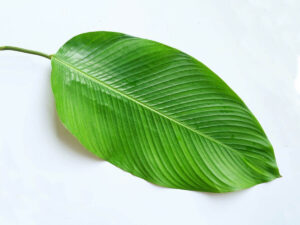
Lá dong leaves
Those above ingredients are placed and wrapped in lá dong leaves.
Plus, the preparation process of bánh chưng requires skills and attention. So let’s see how complicated it is in the next part.
How To Prepare And Present Bánh Chưng?
Here are some brief introductions to bánh chưng preparation and presentation in Vietnam.
For Preparation
Step 1: Soak Ingredients
Soak rice and mung beans overnight.
Step 2: Assemble Ingredients
Layer the leaves, rice, mung bean paste, and seasoned pork in a square mold.
Step 3: Wrap Ingredients in Leaves
Wrap tightly into a square shape in lá dong leaves and tie with bamboo string.
Step 4: Cook Bánh Chưng
Boil the rice cake for 6-8 hours, ensuring they remain submerged in water.
Step 5: Press to Flatten Bánh Chưng
Remove it from water, press to flatten, and allow to cool.
For Presentation
Step 1: Discard the Leaves
Once cooled, cut the string and unfold the leaves.
Step 2: Slice Bánh Chưng
Slice the cake into smaller squares for serving
Step 3: Present it on a Plate
Place on a platter and serve as part of a festive meal or at the ancestral altar.
What Are Other Vietnamese Dishes You Can Enjoy with Bánh Chưng?
Below are some typical delicacies that Vietnamese love to pair with bánh chưng to enhance the overall flavors and textures.
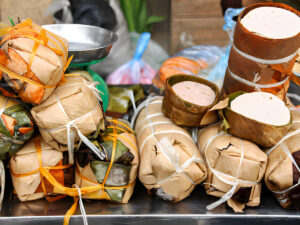
Giò
Giò is a Vietnamese steamed boiled pork sausage offering a smooth and firm texture. People often cut it into slices or bite-sized pieces for pairing with xôi gấc.
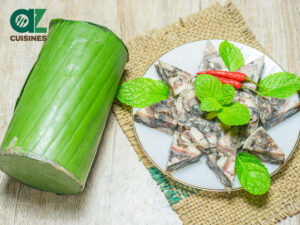
Giò Thủ
Includes pork head parts, stir-fried with wood ear mushrooms, wrapped, and pressed in leaves.
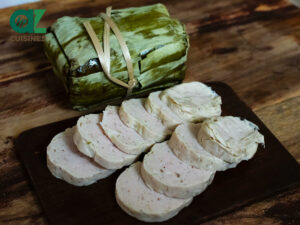
Chả Lụa
Known as giò lụa in Northern and chả lụa in Southern part. Made from finely ground pork tenderloin, fish sauce, and wrapped in banana leaves before boiling.
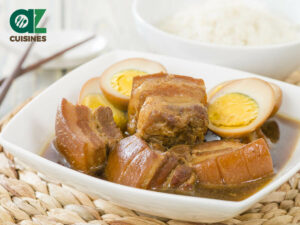
Thịt Kho Tàu
Also known as caramelized pork and eggs, known for its tender pork and caramelized eggs.
What Are Bánh Chưng Variations?
Varieties of bánh chưng are diverse based on the region in Vietnam. The ingredients of these variations are slightly different from traditional ones. Here are some examples.

Bánh Chưng Cẩm
Traditional to ethnic groups in Northern Vietnam, such as the Tày, Thái, and Dao; made with sticky rice mixed with fine ash from burnt straw.
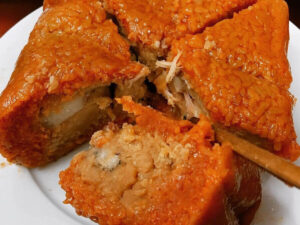
Bánh Chưng Gấc
Features red sticky rice with the rich aroma of gac fruit.
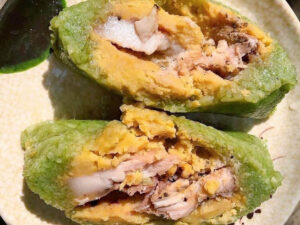
Bánh Chưng Gù
A variety found in the northern mountainous regions of Vietnam; made with typical ingredients and seasoned with crushed roasted pepper. Some have black-colored glutinous rice (from the charcoal ash).
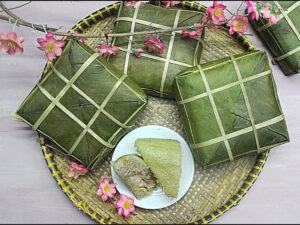
Bánh Chưng Nghệ An
In Nghe An, these are paired in twos and shaped like truncated pyramids, not square as usual.
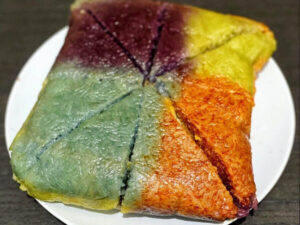
Bánh Chưng Ngũ Sắc
A five-colored cake including green from pandan leaves, yellow from turmeric, red from gac fruit, purple from black sticky rice or magenta plant. The rice is separated by temporary leaves in the mold before being mixed and wrapped.
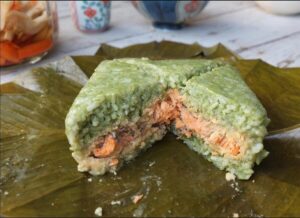
Bánh Chưng Nhân Thịt Gà/Cá
Instead of pork, they use chicken or salmon as filling.

Bánh Chưng Nhật Lệ
Hails from Hue with similar ingredients as traditional bánh chưng
Pros and Cons of Eating Bánh Chưng
Refer to the table below for detailed pros and cons of consuming bánh chưng.
Pros
Cons
Next, you’ll see how to distinguish bánh chưng and its similar delicacy, bánh tét.
Bánh Chưng and Bánh Tét, How Do They Differ?
Both bánh chưng and bánh tét have significant roles in Vietnamese cuisine, but how are they different? The table below will show you.

Bánh Chưng
Origin: Originated from the northern part of Vietnam.
Shape: Square
Ingredients: Glutinous rice, mung bean, and pork, wrapped in lá dong leaves.
Occasion: Traditionally made for Tết, the Vietnamese Lunar New Year.
Serving: Cut into square slices.
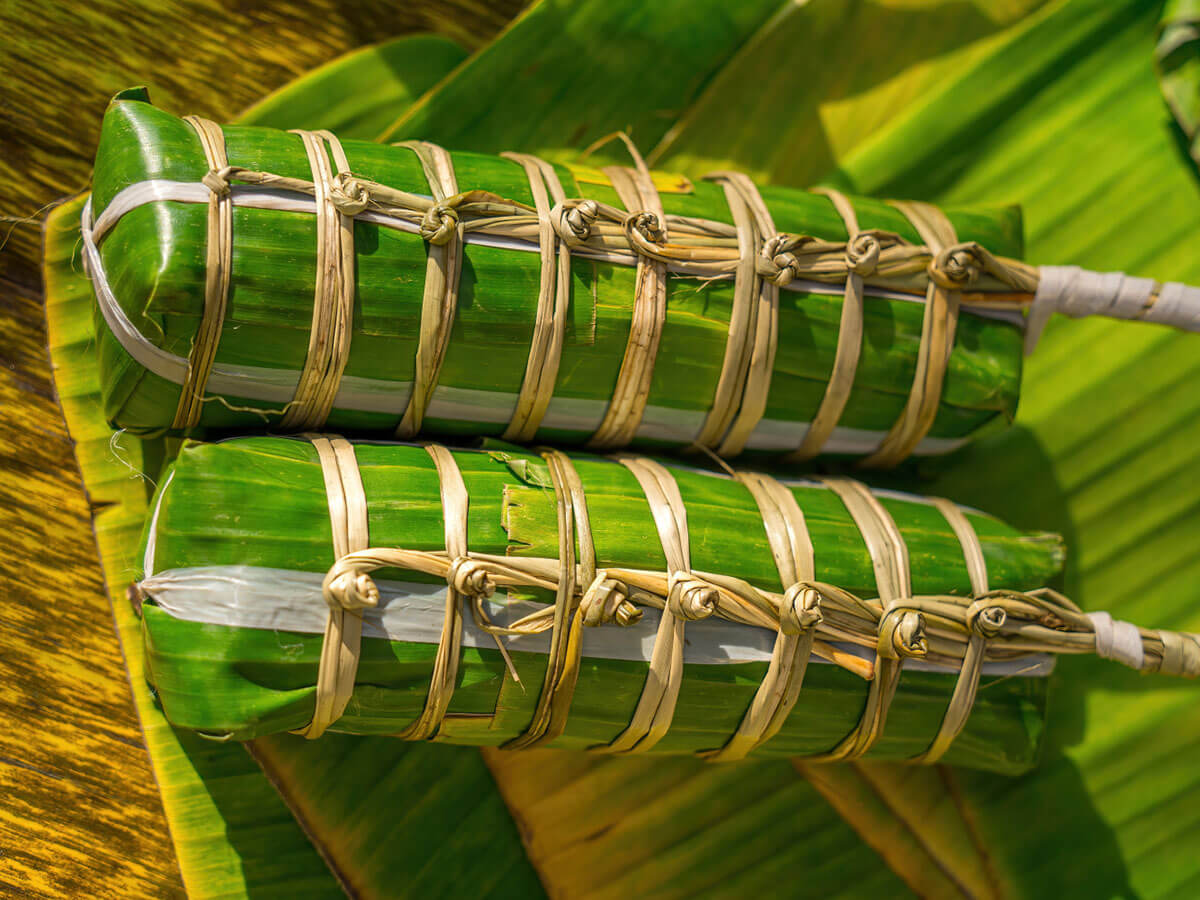
Bánh Tét
Origin: Commonly associated with the southern part of Vietnam.
Shape: Cylindrical
Ingredients: Glutinous rice, mung bean, and pork, but use banana instead of lá dong leaves.
Occasion: Also made for Tết, but can be found year-round in some regions.
Serving: Sliced into circular servings.
Keep reading in the next section for further information about commonly asked questions about bánh chưng.



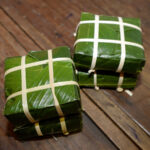
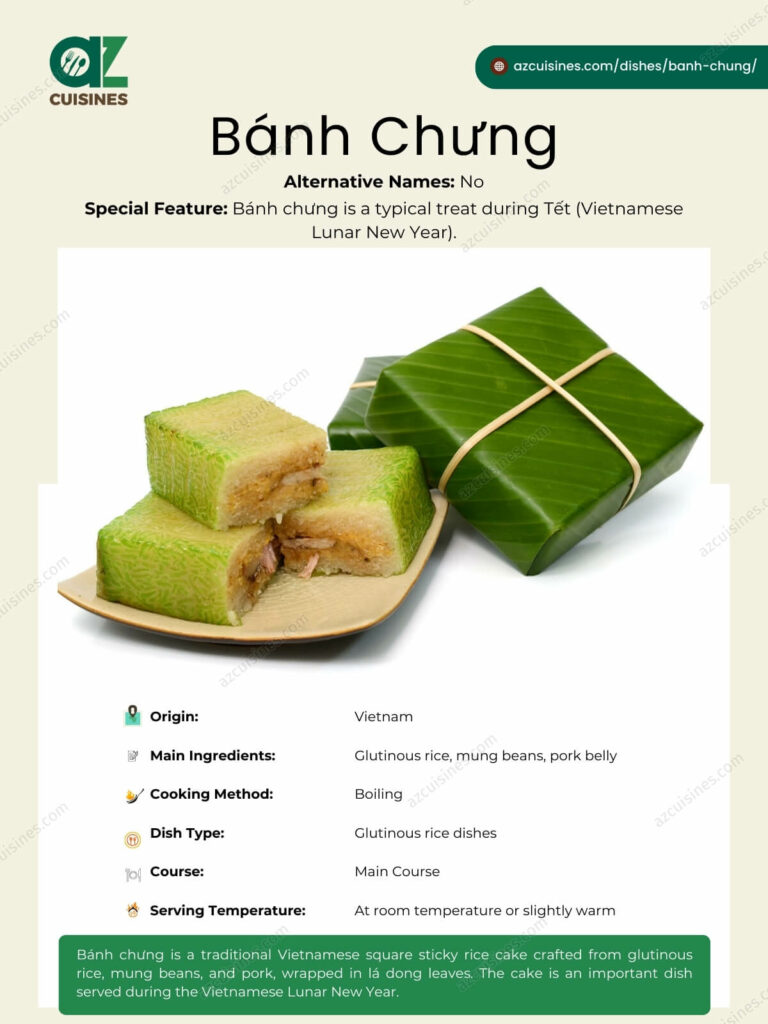
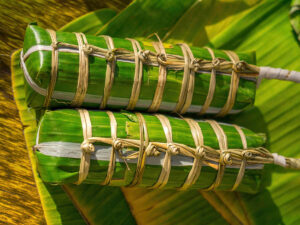
Truc Tran (Kris)
Senior Food Editor
Expertise
Home Cooking, Meal Planning, Recipe Development, Baking and Pastry, Food Editor, Cooking-video Maker, Vietnamese Food Evaluation Expert
Education
Truc Tran (Kris), an experienced food writer and editor, is great at exploring and describing global cuisines, from simple street food to fancy dining. In her writing, she skillfully mixes different flavors, cooking methods, and culinary traditions, showing the unique character of various cultures through their food and drinks. On azcuisines.com, Kris highlights her knowledge, especially in Asian cuisine and worldwide traditional dishes.